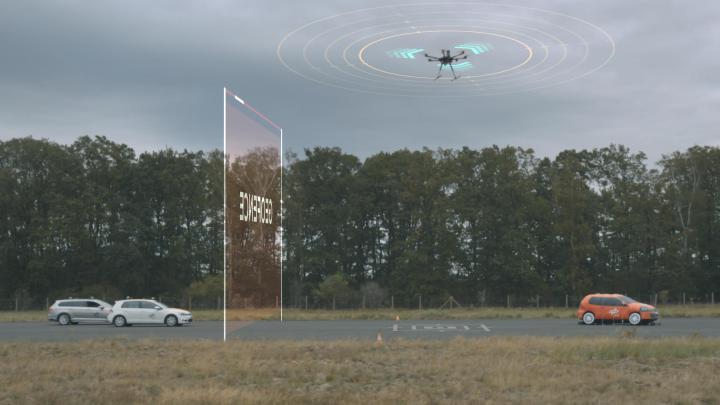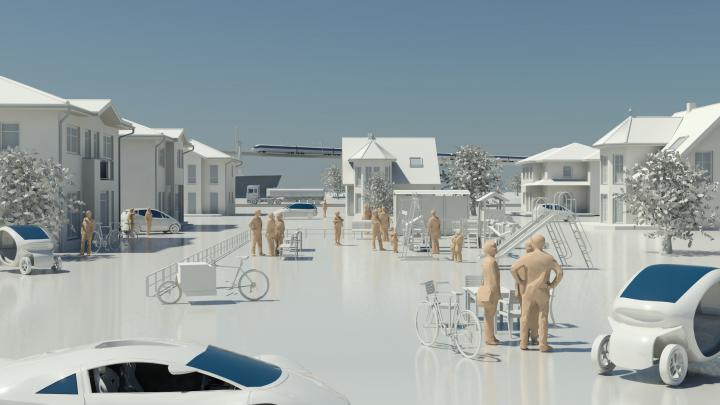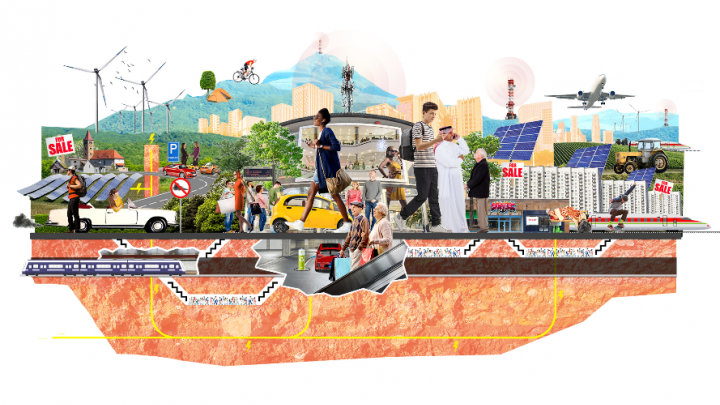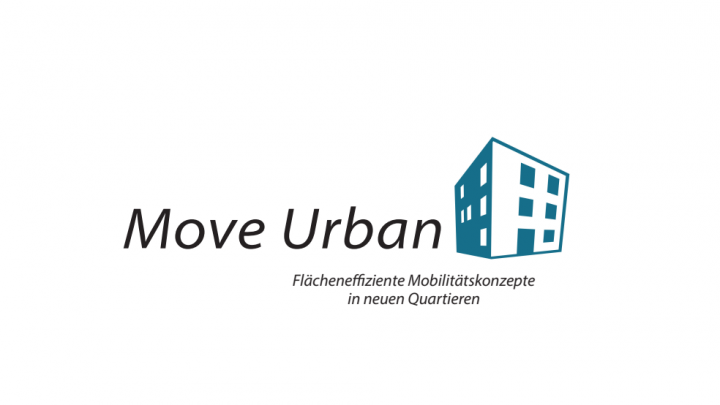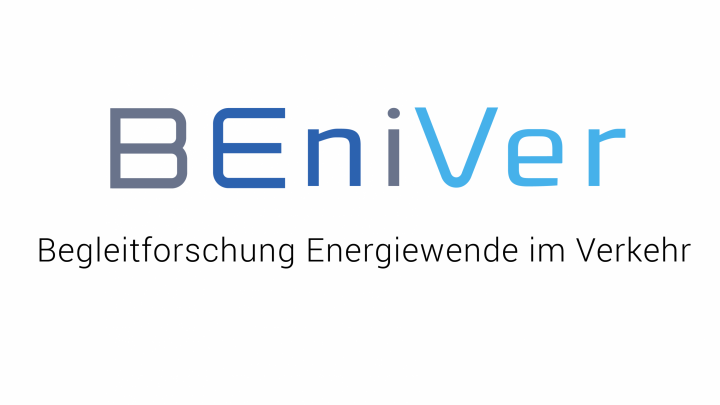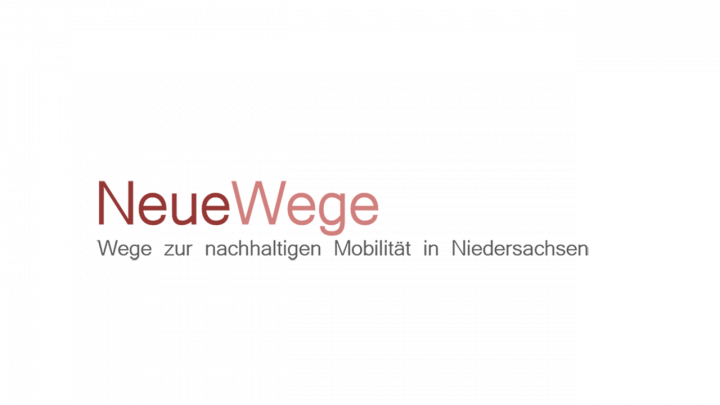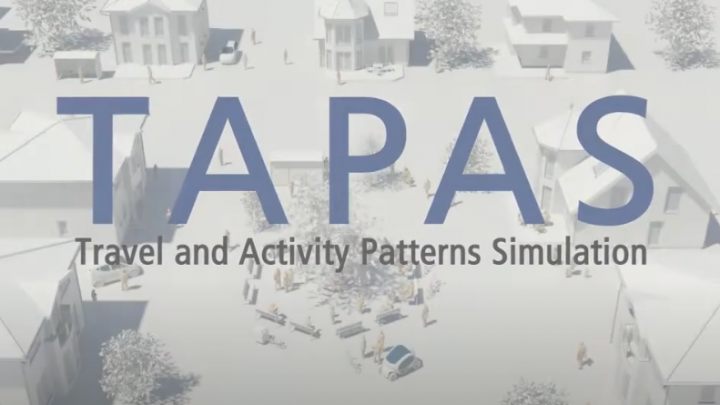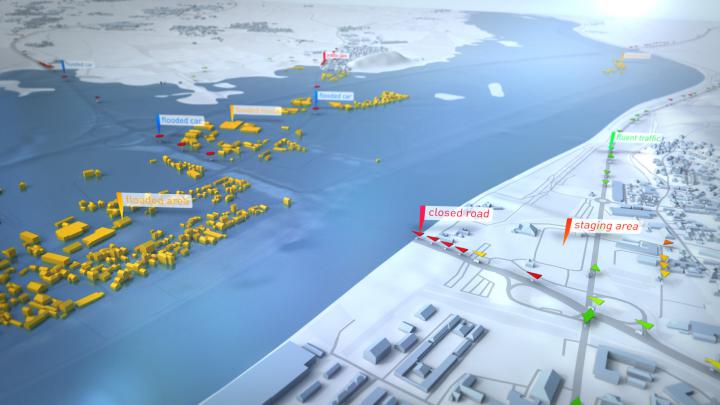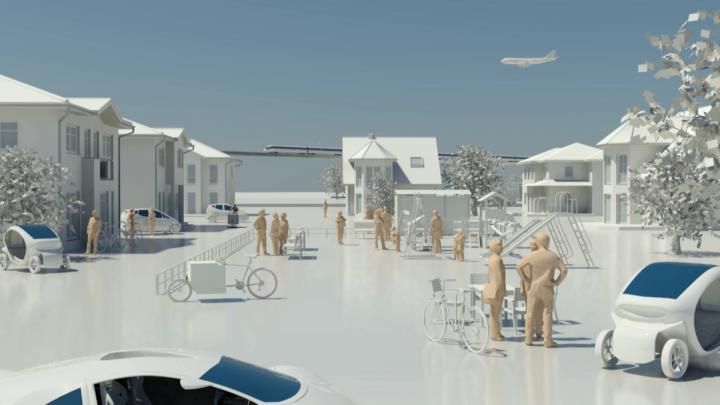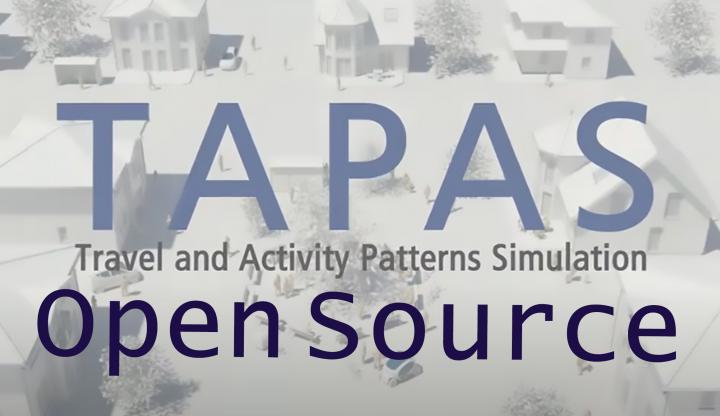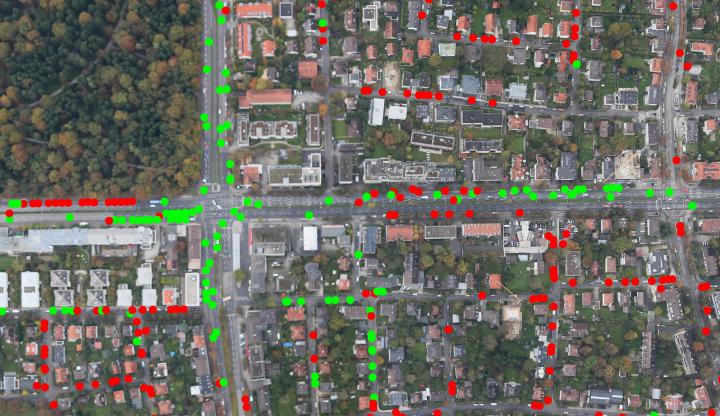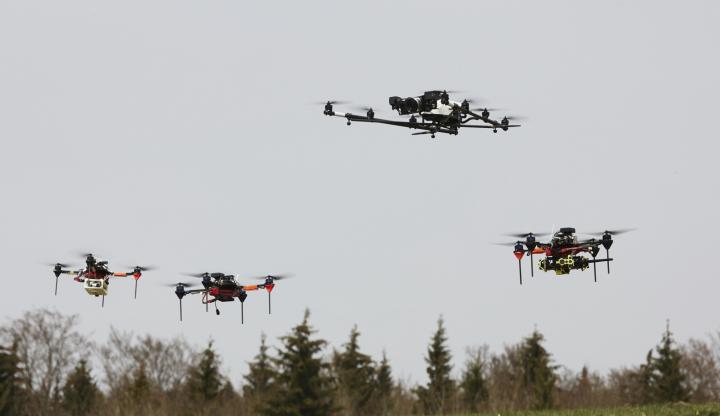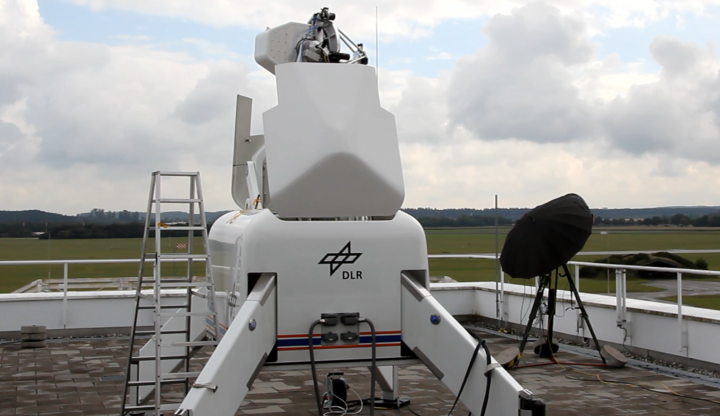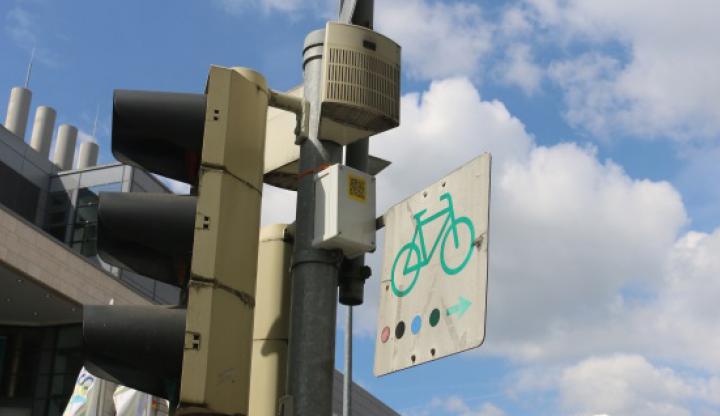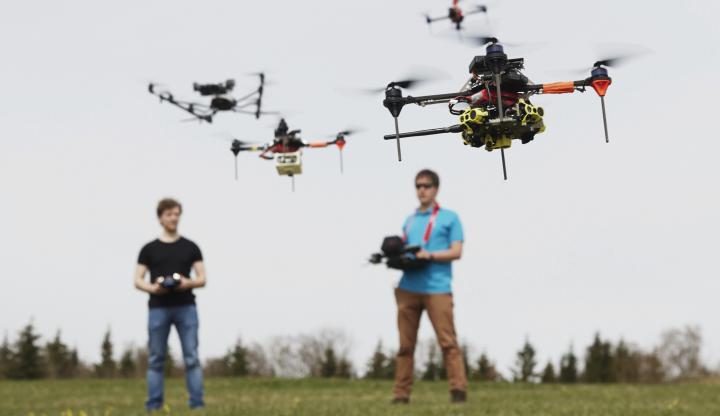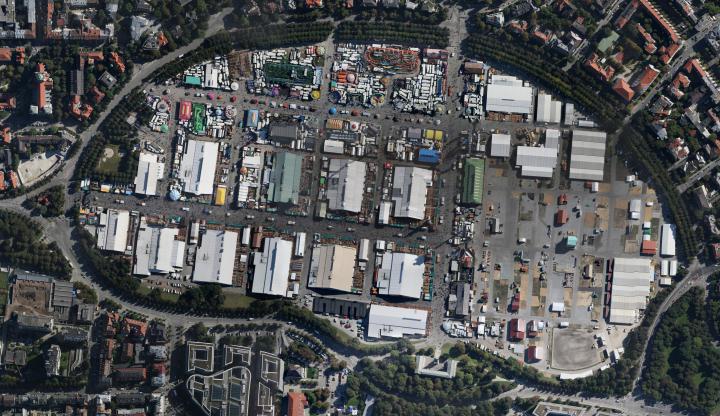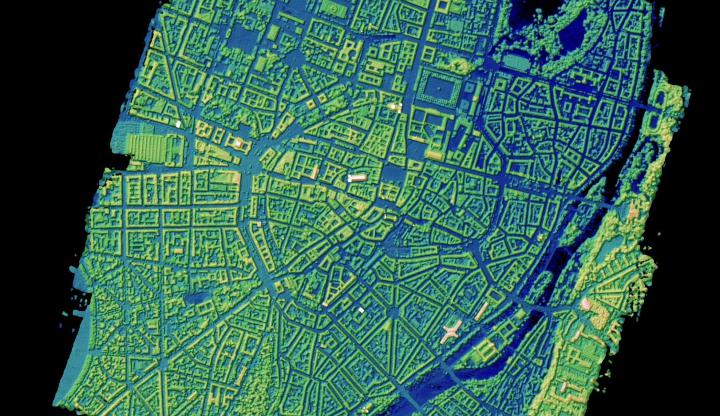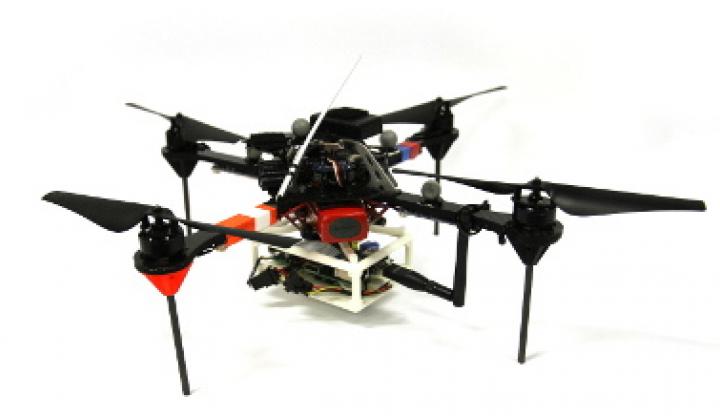Verkehrssystem
Mobilität ist ein zentrales Merkmal entwickelter Gesellschaften. Der Transport von Personen und Gütern erzeugt neben gesellschaftlicher Teilhabe und Wertschöpfung aber auch negative Effekte, die es zu minimieren gilt. Daher erforscht das Deutsche Zentrum für Luft- und Raumfahrt (DLR) die Zusammenhänge von Verkehrsentwicklung und Verkehrswirkungen in ihren unterschiedlichen Dimensionen. Hierzu gehören unter anderem die Analyse von Nutzerpräferenzen und Nutzerverhalten, die Entwicklung des Verkehrsangebots wie auch der -nachfrage und die induzierten Umweltwirkungen durch Lärmemissionen, Klimagase und Luftschadstoffe.
Zusammenspiel unterschiedlicher Verkehrsträger
Besonderes Augenmerk legt das DLR dabei auf die Entwicklungen im urbanen Raum und das Zusammenspiel der unterschiedlichen Verkehrsträger, bis hin zu Fuß- und Radverkehren. Im Fokus der Forschung stehen auch die zunehmende Automatisierung und Digitalisierung des Verkehrssystems, die damit verbundenen Chancen und Risiken sowie die elementare Verknüpfung von Energie und Verkehrssystem zur Entwicklung einer nachhaltigen Mobilität.
Für die zielgerichtete Entwicklung intermodaler Verkehre ist die effiziente Ausgestaltung von Umsteigeprozessen oder Umschlagsvorgängen ein wesentlicher Faktor, dem sich das DLR bei der Untersuchung von Verkehrsknoten wie Bahnhöfen und Seehäfen verstärkt widmet. Zur wirtschaftlichen Bewertung neuer Technologien und politischer Maßnahmen mit deren Auswirkungen für den Verkehr, entwickelt das DLR ökonomische Modelle und Methoden, um Kosten und Nutzen differenziert und belastbar darlegen zu können.

